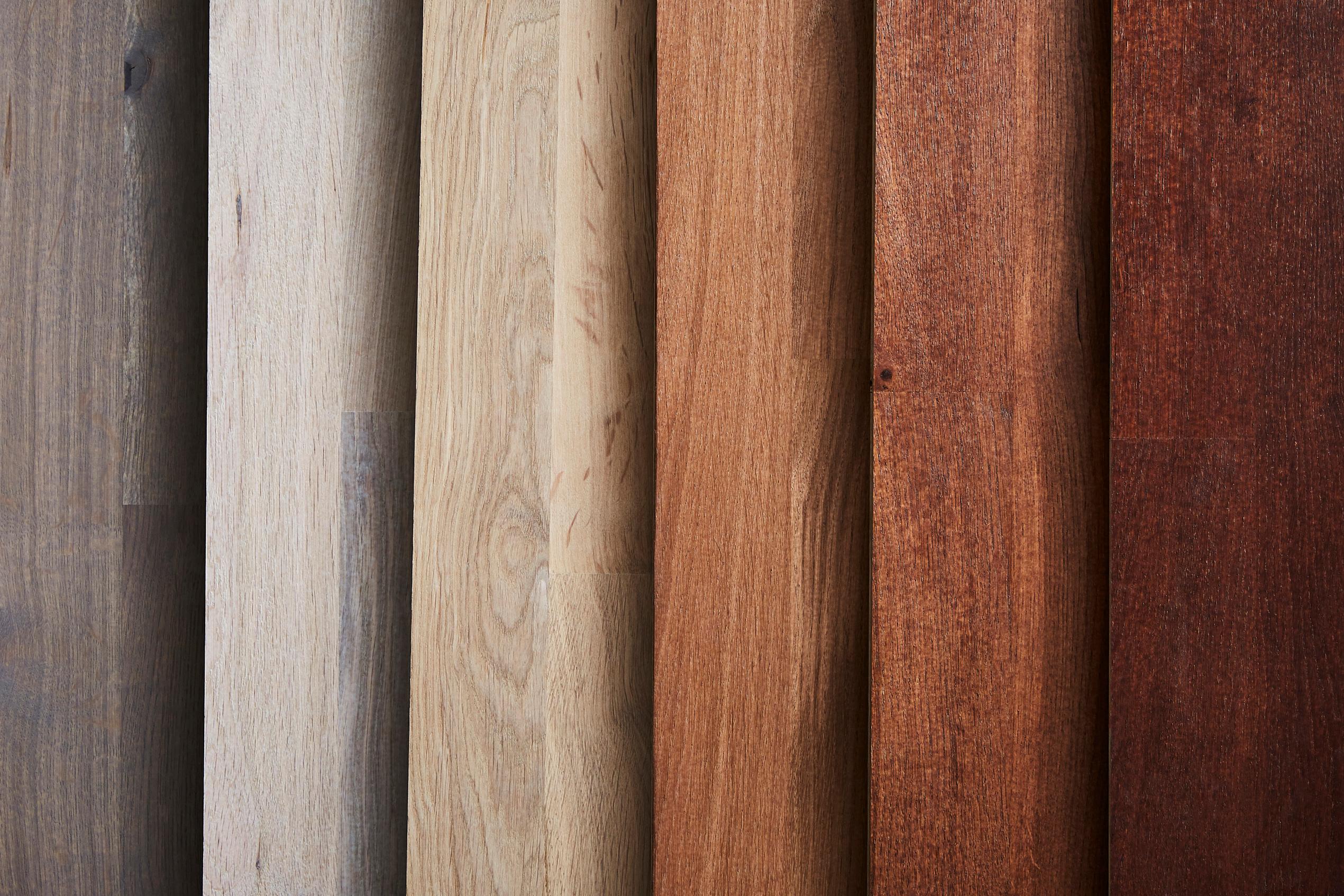Some Tips For Using Junckers New PreLak Colours

This month we want to talk about how you can achieve best results with Junckers new PreLak Coloured Primers. Whether you are using PreLak Nordic, White, Driftwood Grey or Dark Coco, the quality of the final finish is influenced by a number of things, including the final sanding, type of timber, choice of tools and application method.
There are some differences in the way coloured primers are used compared with clear products, and in this bulletin we want to pass on some tips that will help you achieve the best possible result for your customer.

Type of Floor
Junckers Coloured PreLak is designed to work best on timbers such as pine and oak. Best results will be achieved on strip or plank floors where the PreLak can be applied along the grain. It is more difficult to achieve a uniform colour on parquet floors such as herringbone, where you cannot apply the product along the grain.
Coloured primers work best in areas that do not have complex shapes. It will be more challenging to achieve a perfect finish on small, irregularly shaped floors.
Water based primers are sometimes not suitable for tropical timbers and those with high levels of natural oils, and for these a solvent based primer such as Junckers BasePrime is a good choice.
Final Sanding
Best results are achieved by sanding to the usual 120 to 150 grit finish. Further benefits can be achieved by using 150 to 180 grit, as this reduces the amount of raised grain and helps to produce a more uniform colour.
Application Tools
Best applied with a short pile roller or brush
Application Method
Building up the colour in stages is sometimes easier than putting on a stronger colour in one coat. You can dilute PreLak Coloured 50:50 with Clear PreLak and apply two coats.
A pigmented primer needs to be applied with more care than a clear product, and it is important to roll the finish to an even colour before it dries. Uneven colour, when wet will not become more uniform as it dries.

Apply the primer to only two or three planks at a time, to the full length of the floor.
This will reduce roller marks.
